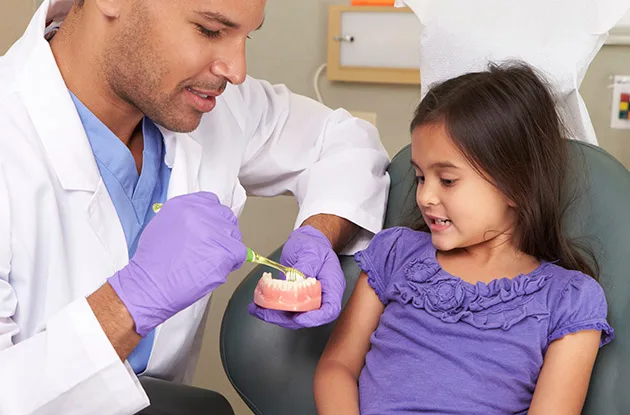Does your child display excessive emotional changes? How about outbursts of anger, excitability, anxiety, or rage, followed by periods of depression and despondency? These mood swings can be the first expressions of bipolar disorder, a serious psychiatric condition that often begins in adolescence or early childhood.
Bipolar disorder is marked by drastic shifts into mania and depression. People with the disorder can experience manic episodes involving euphoria, grandiose self-image, high irritability and agitation, decreased desire to sleep, racing thoughts, or impulsive, often destructive behaviors. They also can go through periods of profound depression, which can include feelings of low self-esteem, hopelessness, and suicidal thoughts or actions. Despite these strong symptoms, bipolar disorder often goes unidentified and untreated. In fact, a person with bipolar waits an average of nearly ten years between a first-time bipolar mood episode and receiving a treatment specifically for bipolar disorder. While many who have bipolar are first diagnosed as adults, the presentation of bipolar symptoms are often traced back to childhood. Since about one-fourth of all completed suicides may be related to bipolar disorder, it’s critical that professionals and parents clearly understand when young children and adolescents are exhibiting the first signs of bipolar mood swings. This is essential in developing an early intervention treatment plan.
It’s important to know that bipolar disorder is a mental illness that has genetic and neurological foundations. That means bipolar is hereditary, and is essentially coded in the individual’s DNA. As the brain develops, these genetic factors affect how the brain handles emotional regulation. Commonly, the first signs of bipolar disorder occur during adolescence. This is likely related to hormonal changes, as well as increased social and academic pressures that can all become catalysts for bipolar symptoms. But pre-pubescent children can also express symptoms of bipolar.
So look for drastic and even destructive forms of depression, along with periods of high excitability and irritability. Stark changes in energy levels and distractibility are typical in bipolar disorder. Most importantly, any signs of suicidal thoughts or gestures should be taken seriously. When children have bipolar disorder, they frequently display cycles involving suicidal expressions and even attempts. Self-harm and early problems with substance abuse are also common, and should be immediately addressed with the proper treatment professionals.
A bipolar mood episode in adults can last several days, and extend into weeks. But with children and teenagers with bipolar, their first mood episodes can swing suddenly, even within a single day. In spite of these wild changes in emotion and behavior, there can also be periods of relative quiet between mood episodes. That doesn’t mean the bipolar disorder has gone away. It just means that there’s a certain calm before the next storm of uncontrolled emotions. In fact, that moment of calm is often the best opportunity to get started with treatment before another crisis breaks loose.
The problem with identifying bipolar early in life is that mood shifts can occur for other psychiatric or life-adjustment reasons. Children and teenagers can certainly go through mood changes as they progress through development, but bipolar results in severe difficulties in emotional management, even at a very young age. So if you suspect your child could have bipolar, it’s good to find a professional experienced in childhood bipolar disorder to accurately assess for the condition.
Treatment for bipolar disorder involves mood stabilizing medications and therapy designed to help the child and family heal from the effects of bipolar, and ultimately meet the child’s self-esteem, academic, and social needs. Parents are understandably concerned about the long-term effects of psychiatric medications. But research has shown that proper care for bipolar actually protects the brain from the damaging effects of bipolar mood swings. Good treatment can also prevent drug and alcohol abuse, along with the impulsive behaviors that can create long-lasting trouble for child and family.
Having bipolar disorder is nobody’s fault. But good care and attention to the disorder in young people can save and enhance lives, while improving the quality of relationships within the family.



















